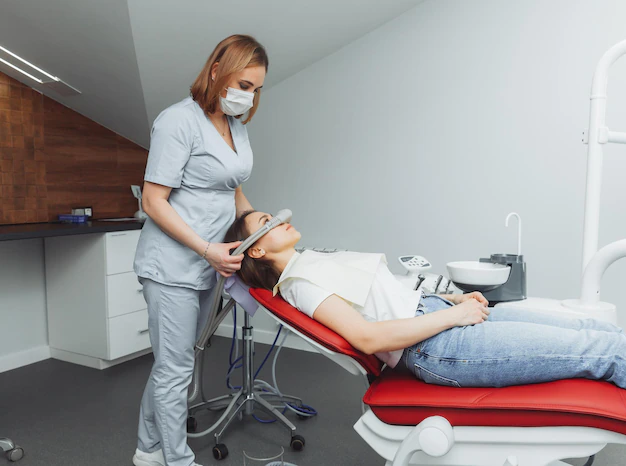Are you looking to transform your oral health care experience into a comfortable and accessible one? Have the overwhelming fears and anxieties of dental procedures held you back from achieving optimal oral well-being? If so, then it’s possible that sedation dentistry is the answer for you! Of the various available forms of sedation, intravenous (IV) medications, or ‘twilight sleep’ and nitrous oxide, otherwise known as ‘laughing gas,’ are among some of the most popular. In this blog post, we compare IV Sedation vs. Nitrous Oxide in terms of safety, efficacy, and other factors – helping you determine which type might best suit your needs. Read on and find out more about how these two types of sedation can make going for your dental treatment easier than ever before.
What Should You Know About Dental Sedation?
Sedation dentistry, commonly referred to as dental sedation, is a branch of dentistry dedicated to calming the patient’s mind and body with sedative medications before and during dental treatment. It is an increasingly popular method for reducing the fear and anxiety that can be experienced by some patients when undergoing routine or complex dental procedures. Depending on the sedative used, types of sedation available in sedation dentistry range from minimal sedation, which keeps the patient awake but relaxed, to deep sedation, which is close to full anesthesia. If you feel anxious or uncomfortable about a dentist visit, speak to your doctor, who can advise if sedation dentistry is required or appropriate for you.
3 Different Types Of Dental Sedation
We have provided important details about three different types of dental sedation in the pointer below:
1. Oral Conscious Sedation
Oral conscious sedation is a type of medication that is taken orally before a dental procedure. The medication typically has a calming effect on the patient, reducing their levels of stress and helping them to relax during the procedure. Oral conscious sedation is typically used in procedures such as fillings, crowns, and bridges, but it can also be used for more complex treatments such as root canal therapy. It is important to note that with oral conscious sedation, you may still be awake during your procedure, though you may feel very relaxed and drowsy due to the effects of the medication.
2. Nitrous Oxide (Laughing Gas)
Inhalation sedation, commonly referred to as laughing gas, is a type of sedative gas administered through a mask that helps patients relax during treatment. The effects are usually felt quickly after inhalation and typically wear off within 5-10 minutes after the treatment has been completed. Laughing gas is typically used in filling, crowns, bridges, root canals, extractions, and other minor dental treatments. As with oral conscious sedation, you may still be awake during your procedure but will likely feel very relaxed due to the effects of the inhalational sedative gas.
3. IV Sedation
IV (intravenous) sedation is a type of deep sedative administered through an IV line into your bloodstream, which helps you relax during treatment by making you unaware or hazy about what’s happening around you. IV sedatives are usually used for longer or more complex procedures such as wisdom teeth removal or implant surgery, where a deeper level of relaxation is necessary for optimal results and comfort for the patient throughout their entire procedure. It should also be noted that with IV sedatives, you may not remember anything at all from your appointment due to their strong effects on memory loss.
What Is The Difference Between IV Sedation And Nitrous Oxide Sedation?
If you’re looking for sedation dentistry treatments, then you might consider IV sedation or Nitrous Oxide sedation.
IV sedation involves using a combination of sedative drugs administered directly into the vein. This type of sedation tends to be more intense and provides deep relaxation, making it great for those who have anxiety about going to the dentist.
On the other hand, nitrous oxide sedation is a mild sedative inhaled prior to treatment. It creates a euphoric feeling, helps reduce dental anxiety, and helps with pain management during the procedure. Ultimately, it’s up to your dental professional which option best suits your needs.
Final Takeaway
We hope you have now gained a clear understanding of sedation dentistry. The choice of sedation should be made in collaboration with your dentist. If you have any questions regarding which type of sedation is best for you, please contact South Airdrie Smiles, and we would be happy to help!


